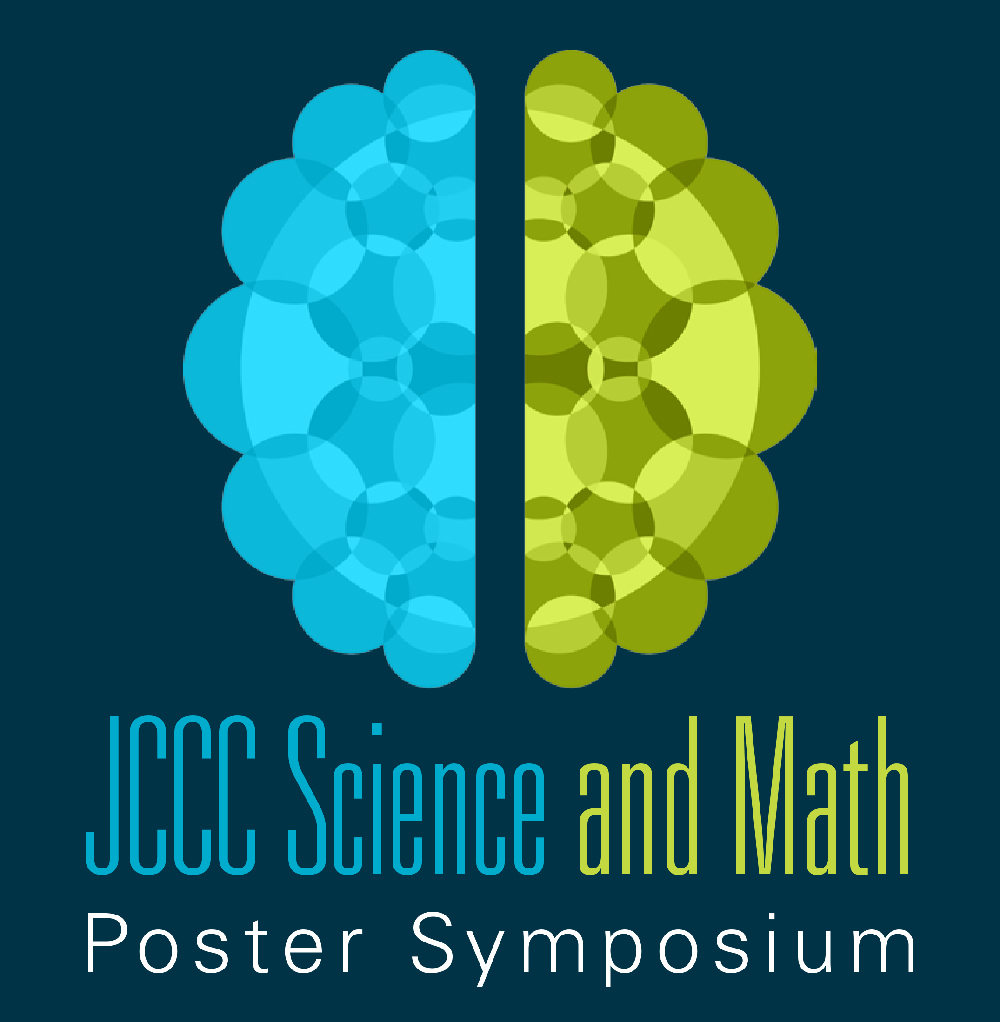Start Date
28-4-2022 1:30 PM
Document Type
Poster
Description
Resistance to drugs and antibiotics is a problem across not only the U.S., but worldwide. Using soil I found on the Johnson County Community College campus, I have been able perform experiments to find bacteria that may become the source of a new antibiotic that can combat the antibiotic resistance of an ESKAPE pathogen (harmful bacteria known to be the cause of dangerous antibiotic-resistant illnesses). When screening against the safe relatives Enterobacter aerogenes and Enterococcus faecalis, related to the ESKAPE pathogen Enterobacter (various species) and Enterococcus faecium, I found that two of my bacteria, MA22G and MA22F, were able to withstand zones of inhibition (an area free of growth). Further research will be continued with MA22F, because there was a larger zone of inhibition present than from MA22G. The pathogen E. faecium is an illness that is common among those with poor hygiene, as well as in hospitals, and has become resistant to antibiotics. Moving forward with MA22, I plan to code its DNA to further my understanding on its ability to inhibit the growth of E. faecalis and strive to find an antibiotic to combat this dangerous bacterium.
The Effect of MA22F on ESKAPE Pathogens
Resistance to drugs and antibiotics is a problem across not only the U.S., but worldwide. Using soil I found on the Johnson County Community College campus, I have been able perform experiments to find bacteria that may become the source of a new antibiotic that can combat the antibiotic resistance of an ESKAPE pathogen (harmful bacteria known to be the cause of dangerous antibiotic-resistant illnesses). When screening against the safe relatives Enterobacter aerogenes and Enterococcus faecalis, related to the ESKAPE pathogen Enterobacter (various species) and Enterococcus faecium, I found that two of my bacteria, MA22G and MA22F, were able to withstand zones of inhibition (an area free of growth). Further research will be continued with MA22F, because there was a larger zone of inhibition present than from MA22G. The pathogen E. faecium is an illness that is common among those with poor hygiene, as well as in hospitals, and has become resistant to antibiotics. Moving forward with MA22, I plan to code its DNA to further my understanding on its ability to inhibit the growth of E. faecalis and strive to find an antibiotic to combat this dangerous bacterium.


Comments
The faculty mentor for this project was Rachael Ott, Biology.